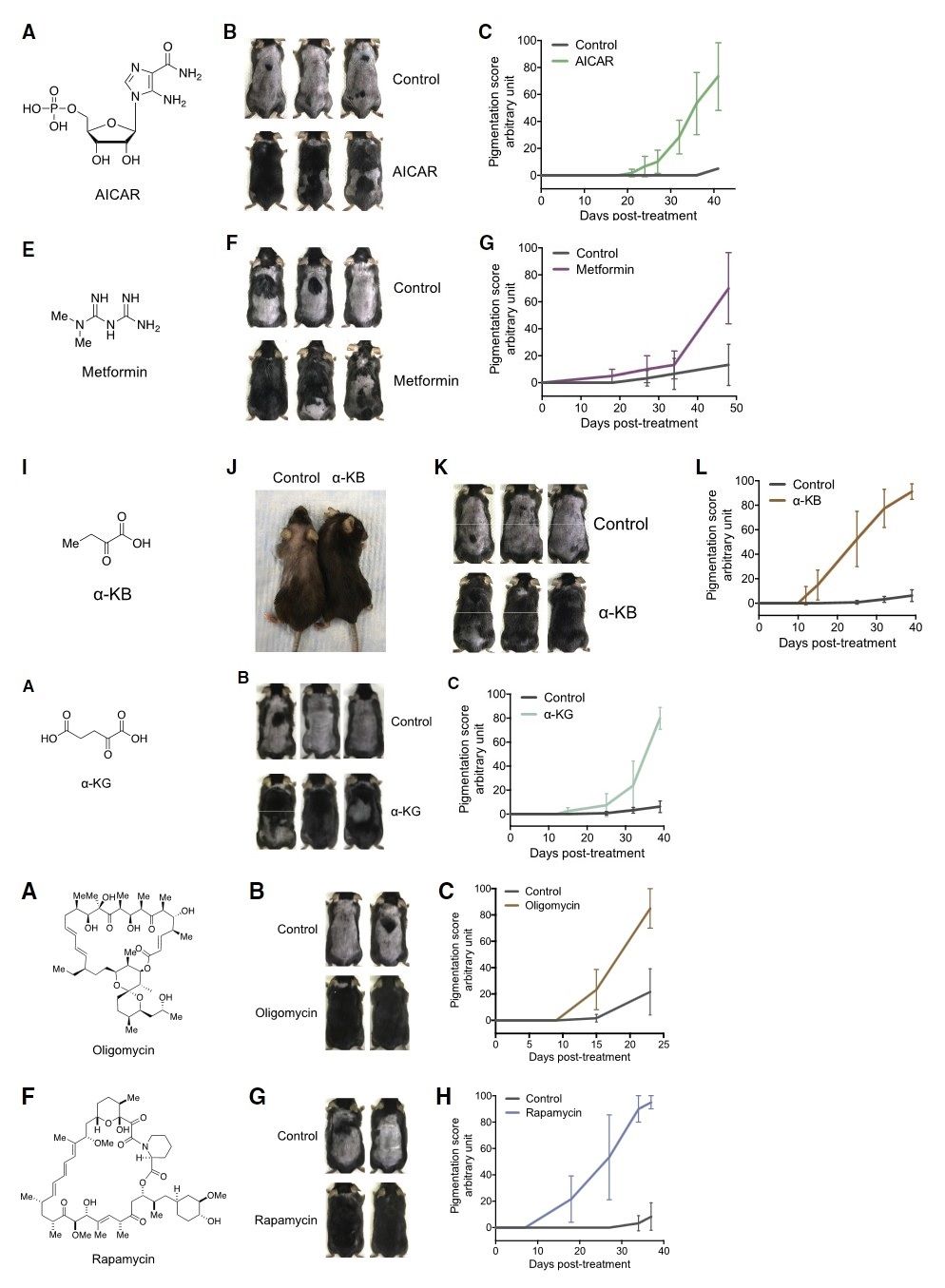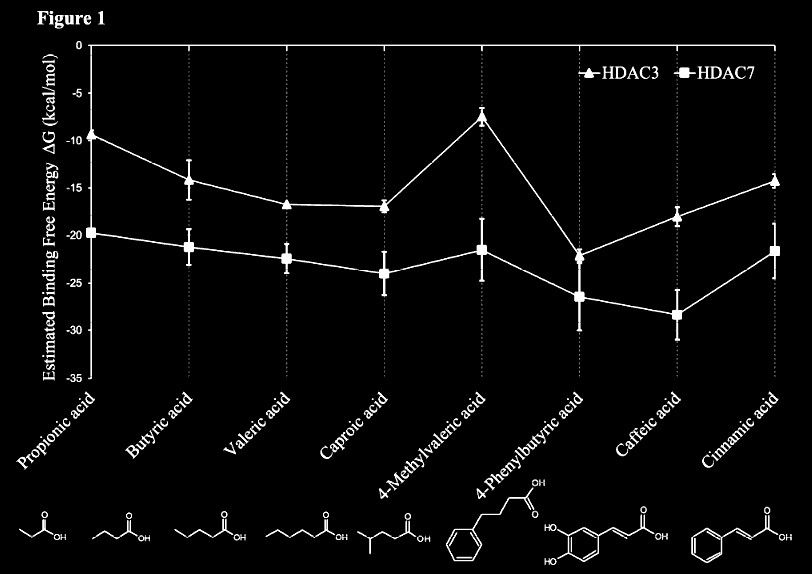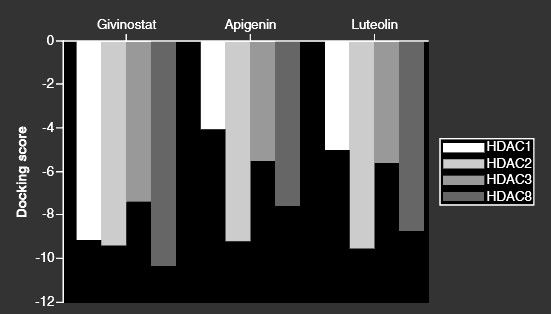@Mauritio said:
Why do you think it's less than 5 ? I haven't calculated it but I guess it should be higher . Especially once adding potassium bicarbonate. Why benzoic acid?
It's just a thought for avoiding the degree of scalp skin disinfection from the ethanol or its alternative of 20-30% propylene glycol. Of which I cannot say how much significance that bears wrt to the skin microbiome.
What's the minimum ethanol concentration for enhancement of absorption?
- The efficacy of benzoic acid and benzoate as a preservative is dependent on the pH, i.e. a pH <5 would be a requirement for the use of BzOH.
At low pH BzOH's antibacterial action works through inhibition phosphofructokinase (PFK) and therefore prevention of (an)aerobic fermentation of glucose. PFK being touted the rate limiting enzyme for glycolysis of course urges to keep its topical concentration sensible so that the pH balances out and there'll be no inhibition of glycolysis in the cytoplasm of skin/HF/DP cells.
Commonly BzOH is <1% (up to 5%) for preservation of cosmetics (limited to 0.5% in the EU and 0.2% in Japan. - It's easy to confuse with benzyl alcohol, though, which is usually termed BA and used at <1% for preservation of cosmetics because of it being a skin irritant. It needs to be at least 0.9% however as the MIC. BA oxidizes to BzOH.
- I've thought of boric acid as a preservative, too, but I can't get my hands on that one.
@Mauritio said:
I just recall from one of the studies I read today that they said it was am epigenetic mechanism stabilizing the pro-hair genes .
The linked study showing activation of BMP genes by trichostatin A is likely by HDACi. As yet I know nothing about those bone morphogenetic proteins.
The authors wrote:
-
BMPs are important in orchestrating tissue architecture by inducing a group of pivotal morphogenetic signals.
-
In stem cells, the presence of BMPs in culture has been shown to be crucial for the maintenance of their primitive states
-
BMP signaling in DP cells is required for the maintenance of their hair follicle-inductive properties. In the absence of BMP signals, DPs lose their signature characteristics in vitro and fail to generate hair follicles when engrafted with epithelial stem cells in vivo
-
In our previous study, we found that BMP2, BMP 4 or BMP6, with BMP4 in particular, could increase the AP [alkaline phosphatase] activity of culture expanded SKPs [multipotent skin-derived precursor cells], and supplementation of BMP4 to the culture increased the hair induction ability of SKPs
Stem cell senescene is being alleviated and their autocrine functions [regulation of a cell's own behaviour by itself] restored by H3K14Ac and H3K19Ac. This definetly targets the HFSC and DP.
In dermatological practice they really should be checking up such markers in hair biopsies instead of the useless "Ah well yes sir/m'lady, the results of laboratory analysis of your painfully plucked hairs are in: They are telogen and falling out and we advice you take this agent of chemical castration, brain neurotransmitter and collagen degeneration" - "Gee, thank you, doc. I better heed this because, boy, I really wouldn't know what to do without your great sophistication!"
@Mauritio said:
Lol I've been peating too long to voluntarily apply lactic acid to my scalp, I feel safer with giving my scalp the raw material(s) ,mainly dextrose, and then let it figure it out.
That guy linked by @Hearthfire who used potassium bicarbonate (antimycotic + for the ion channels instead of minoxidil) also applied diluted acetic acid (white wine vinegar) before and after to enhance scalp perfusion and to (maybe/wishfully) dissolve skin calcium deposits.
Might as well choose lactic acid for that instead? Its use (5%) against acne, rosacea, for stimulating skin collagen and ceramide synthesis and for retaining skin moisture seems very safe and established.
If it were to only benefit the scalp skin even that would be beneficial for the perfusion and nutrient gradient behind the skin barrier. If the skin cells are more stable they wouldn't need to quarrel with HF, DP and stem cells about who get's the glucose and glutamine. I'd consciously deem it wise if skin cells always were to be prioritized over hair.


